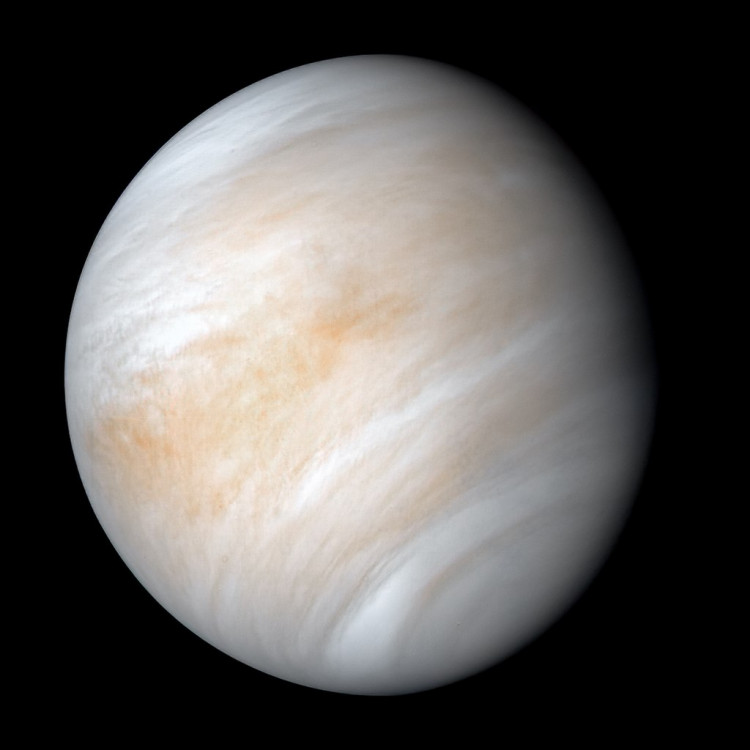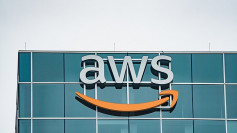The National Aeronautics and Space Administration has announced two missions to study Earth's nearest neighbor scheduled to launch between 2028 and 2030.
Bill Nelson, the agency's new administrator, announced this during his "state of NASA" speech at the agency's headquarters this week. The announcement effectively establishes a new Venus program.
"We hope these missions will further our understanding of how Earth evolved and why it's currently habitable when others in our Solar System are not," Nelson, a former senator, said while announcing the selection. "This is really exciting stuff."
The missions, which might cost up to $1 billion, will be NASA's first visit to the planet since the early 1990s, whereas nearby Mars has seen several robotic visitors.
The first mission is called Deep Atmosphere Venus Investigation of Noble gases, Chemistry and Imaging, or DAVINCI+. It is a spherical probe that will parachute to the planet's toxic atmosphere - measuring the composition and structure of the atmosphere as it descends to the surface where it will most likely melt within minutes of landing.
If the descent goes smoothly, DAVINCI+ will take images of strange surface features known as tesserae - which some researchers believe will be important to understanding Venus's geological history.
DAVINCI+ may also shed light on observations of phosphine gas in Venus's atmosphere, which were announced in September. If the spacecraft discovers convincing evidence of the chemical phosphine it could be a sign of life in Venus's clouds.
The other mission is an orbiter called Venus Emissivity, Radio Science, InSAR, Topography and Spectroscopy, or VERITAS. The term "SAR" stands for synthetic aperture radar, a system that will allow VERITAS to peer through Venus's thick atmosphere and create a 3D model of its surface features.
The orbiter will carry instruments to measure the composition of the planet's surface and search for active volcanism and liquid on the planet's surface.
During the early days of space exploration, the U.S. and the former Soviet Union sent several spacecraft to Venus. NASA's Mariner 2 made the first successful flyby in 1962, and the Soviets' Venera 7 made the first successful landing in 1970.
NASA used a space shuttle to launch the Magellan spacecraft into orbit around Venus in 1989.
In 2006, the European Space Agency launched a spacecraft that orbited Venus.






